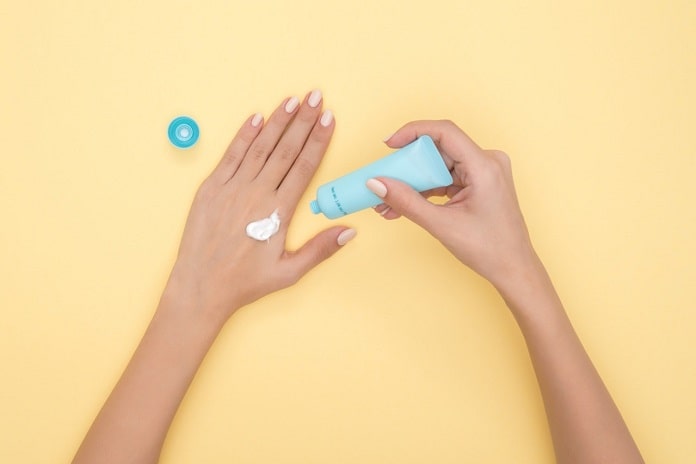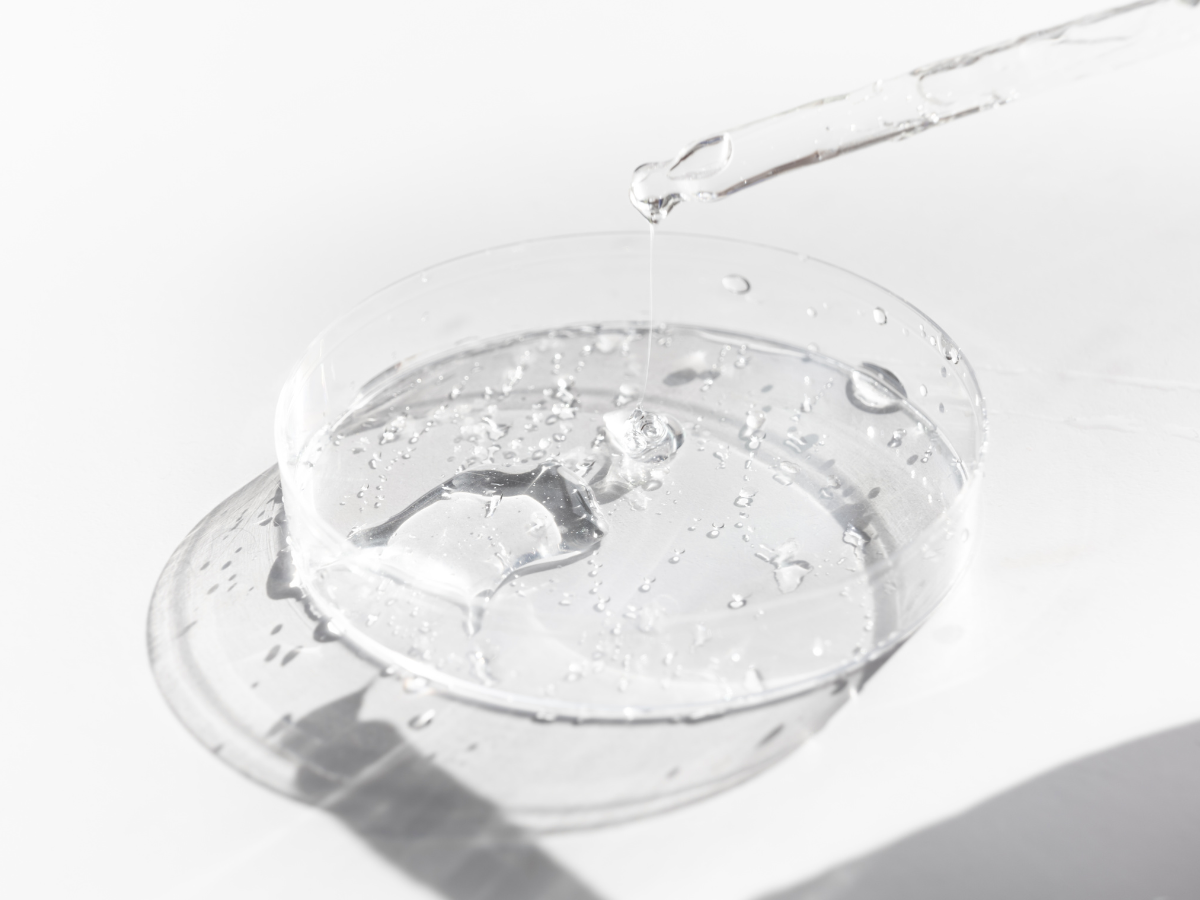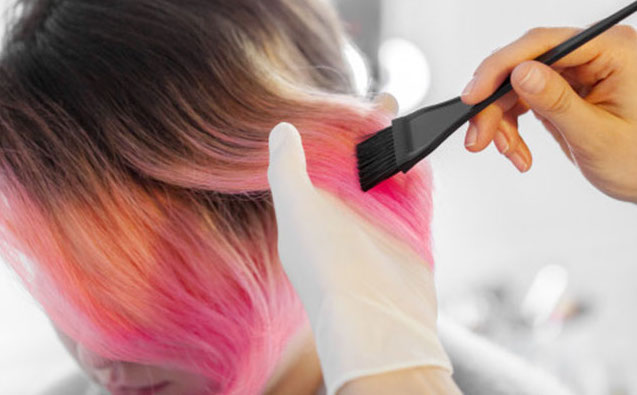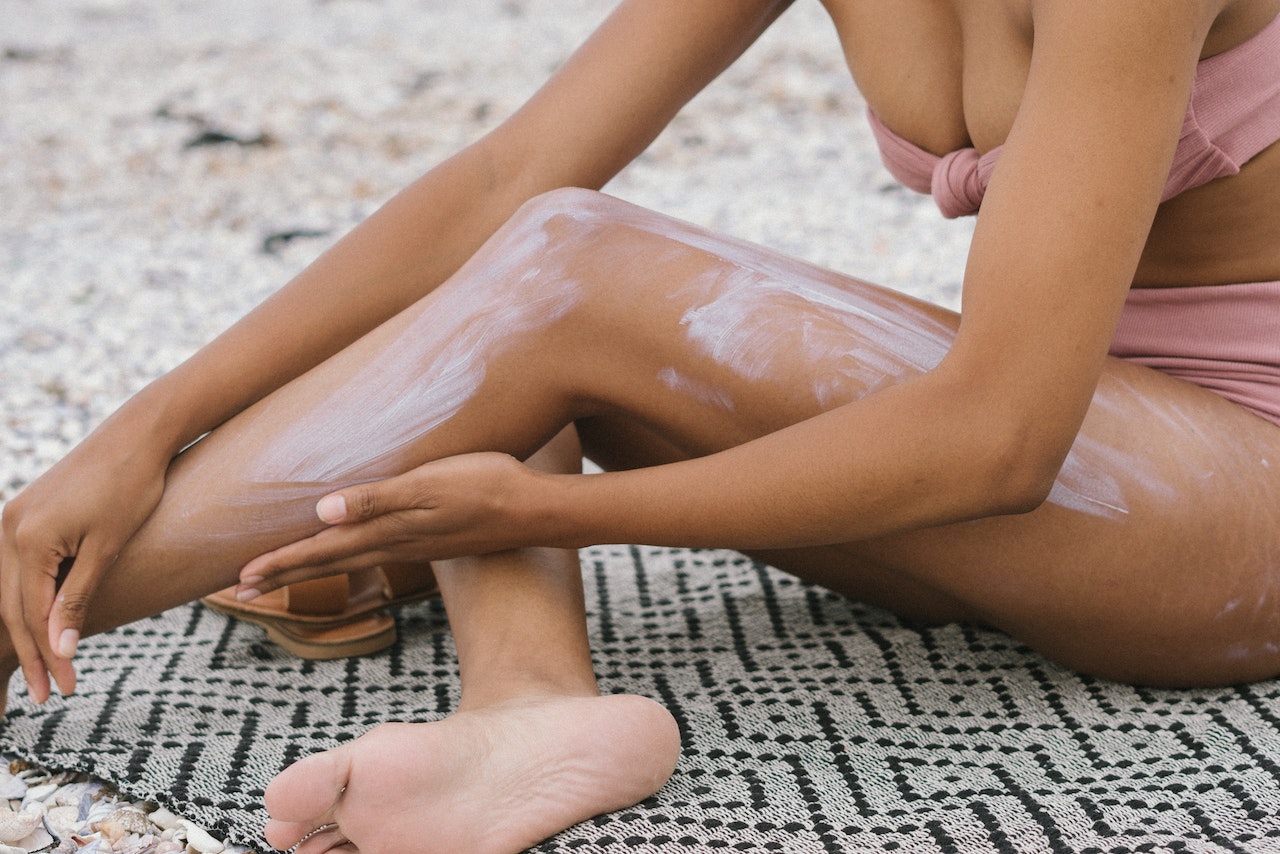The Annex VI of the Cosmetics Regulation (EC) No. 1223/2009 lists the UV filters allowed in cosmetic products in the European Union. Besides the identification of the ingredient (chemical name, CAS number and EC number), this list also contains the maximum concentration of use in ready for use preparation and the conditions of use for each UV filter allowed.[1]
According to this Regulation, UV filters are defined as “substances which, contained in the cosmetic sunscreen products, are specifically intended to filter certain UV rays in order to protect the skin from certain harmful effects of these rays”. Moreover, these compounds can be added to other cosmetic products, under the conditions laid down in Annex VI of the Cosmetics Regulation.[1]
In the European Commission database for information on cosmetic substances and ingredients (Cosing), Methoxypropylamino Cyclohexenylidene Ethoxyethylcyanoacetate has two recognized functions: stabilising and UV filter. [2]
The European Comission’s Scientific Committee on Consummer Safety (SCCS) has issued opinions on Methoxypropylamino Cyclohexenylidene Ethoxyethylcyanoacetate (S87). On the first submission (2017), the SCCS stated that the genotoxic potential, skin and eye irritation potential of S87 could not be excluded and, therefore, the Committee could not conclude on the safety of S87.[3]
In 2019, the SCCS made a new submission of the opinion on S87 (Submission II). The SCCS concluded that the use of S87 as a UV-filter in cosmetics up to a maximum concentration of 3% is safe. Nevertheless, this opinion is not applicable to any sprayable products that could lead to exposure of the consumer’s lung by inhalation. [4]
S87 is a secondary amine, so it is prone to nitrosation and formation of nitrosamines. The SCCS states that this ingredient should not be used in combination with nitrosating substances and that the nitrosamine content should be less than 50 ppb. [4]
Based on animal studies, S87 is of low acute oral toxicity. S87, at the used concentration and undiluted, is not expected to be irritant to the skin or eyes. This compound was not a skin sensitizer when tested in mice. Regarding new data received, the SCCS concluded that S87 does not have genotoxic potential in vivo.[4]
References:
- Regulation (EC) No 1223/2009 of the European Parliament and of the Council of 30 November 2009 on cosmetic products – https://ec.europa.eu/health/sites/health/files/endocrine_disruptors/docs/cosmetic_1223_2009_regulation_en.pdf
- Cosing – European Commission database for information on cosmetic substances and ingredients – https://ec.europa.eu/growth/tools-databases/cosing/
- Scientific Committee on Consumer Safety (SCCS) – Opinion on Methoxypropylamino Cyclohexenylidene Ethoxyethylcyanoacetate (S87) – Submission I
- Scientific Committee on Consumer Safety (SCCS) – Opinion on Methoxypropylamino Cyclohexenylidene Ethoxyethylcyanoacetate (S87) – Submission II – https://ec.europa.eu/health/sites/health/files/scientific_committees/consumer_safety/docs/sccs_o_227.pdf















